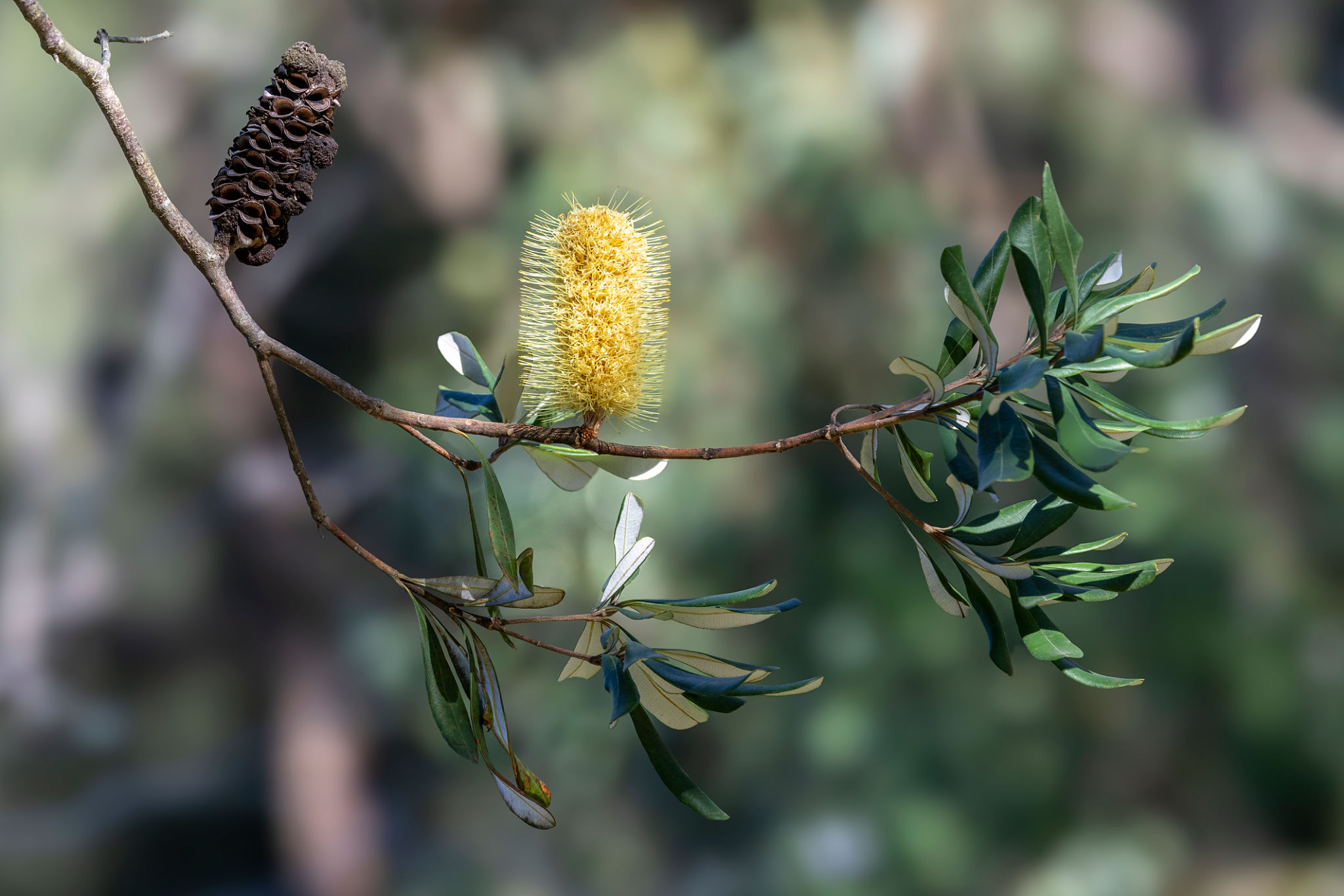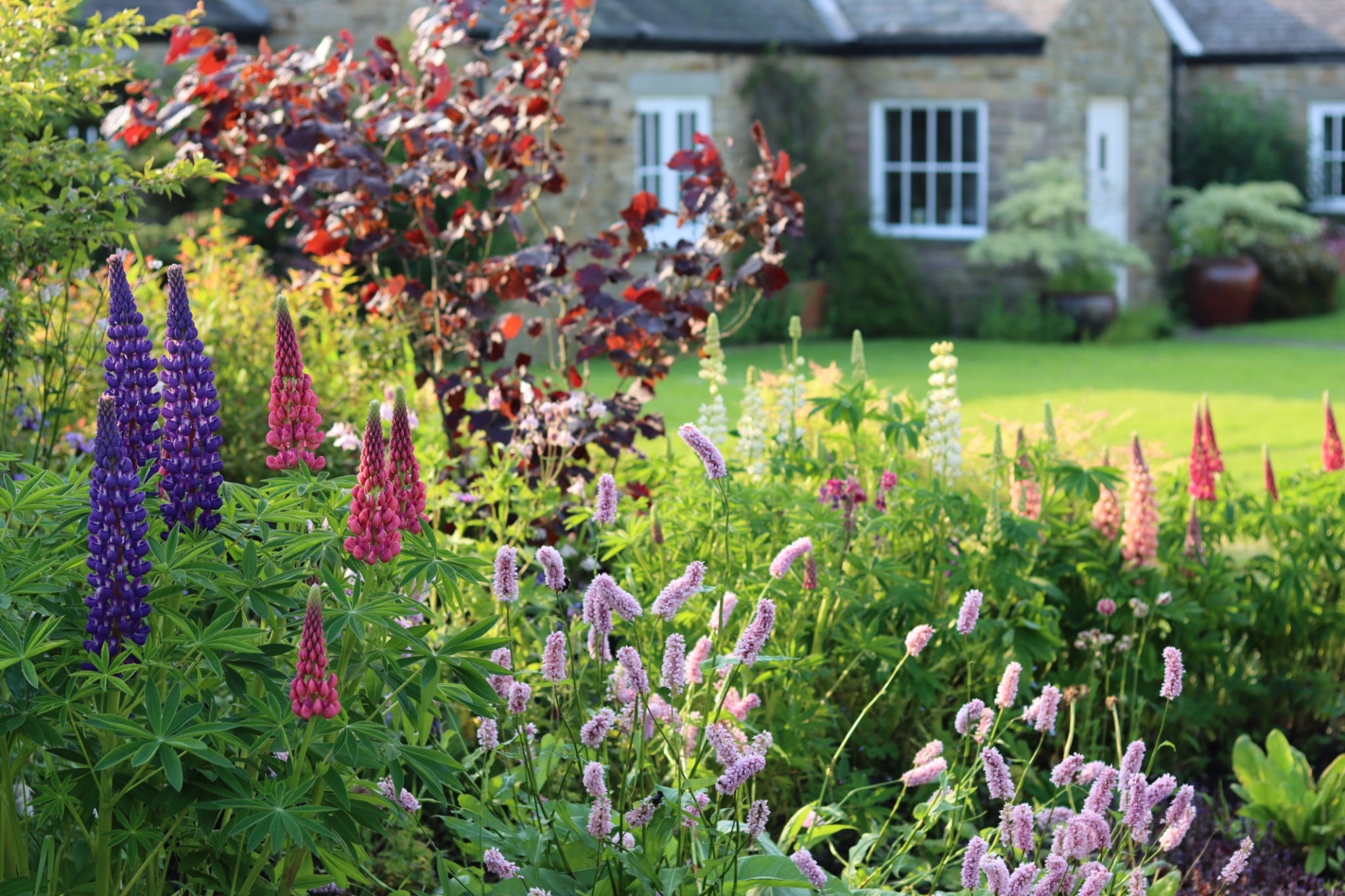Top Sustainable Landscaping Trends in Rogers: Transform Your Yard
Embracing Native Plant Landscapes
One of the top sustainable landscaping trends in Rogers is incorporating native plants into your yard design. Native plants are adapted to the local climate and soil conditions, making them low maintenance and environmentally friendly. By choosing plants that are indigenous to the Rogers area, you reduce the need for excessive watering and chemical fertilizers, promoting a healthier ecosystem.
Using native flora not only supports local wildlife, such as butterflies and bees, but also enhances the natural beauty of your landscape. Consider incorporating a variety of native shrubs, grasses, and wildflowers to create a vibrant and sustainable garden that thrives with minimal intervention.

Water-Wise Solutions
In the quest for sustainability, water conservation is a key focus for many homeowners in Rogers. Implementing water-wise landscaping techniques can significantly reduce water usage while maintaining a lush and attractive yard. One popular method is xeriscaping, which involves selecting drought-tolerant plants and minimizing lawn areas to save water.
Additionally, installing a rainwater harvesting system can provide a sustainable water source for your garden. By collecting and storing rainwater, you can reduce your reliance on municipal water supplies and ensure your plants stay hydrated during dry spells.

Edible Landscaping
Edible landscaping is gaining traction as a sustainable trend that combines beauty with functionality. By integrating fruit trees, vegetable beds, and herb gardens into your landscape design, you can enjoy fresh, homegrown produce while reducing your carbon footprint. This approach not only promotes self-sufficiency but also adds a unique aesthetic to your yard.
Consider incorporating raised garden beds, vertical gardens, or container gardening to maximize space and yield. Edible plants can be strategically placed to blend seamlessly with ornamental plants, creating a cohesive and productive landscape.

Sustainable Hardscape Materials
Choosing environmentally friendly materials for hardscaping is another important aspect of sustainable landscaping. Opt for materials like permeable pavers, reclaimed wood, and recycled concrete to reduce environmental impact. Permeable pavers allow rainwater to seep through, reducing runoff and promoting groundwater recharge.
Using locally sourced materials can also decrease transportation emissions and support local businesses. When designing pathways, patios, or retaining walls, consider the long-term environmental benefits of your material choices.
Creating Wildlife Habitats
Transforming your yard into a wildlife-friendly habitat is a wonderful way to support biodiversity and enjoy the presence of birds, insects, and other creatures. Incorporate features like birdhouses, bee hotels, and water sources to attract different species. Planting a variety of flowering plants will provide nectar and pollen for pollinators throughout the seasons.
By creating a welcoming environment for wildlife, you contribute to the ecological balance of your area and enhance the natural beauty of your landscape. Plus, observing wildlife in your backyard can be a rewarding experience for the whole family.

Emphasizing Minimal Lawn Areas
Traditional lawns are resource-intensive, requiring regular mowing, watering, and fertilizing. A growing trend in sustainable landscaping is reducing lawn areas in favor of more diverse plantings. Consider replacing sections of lawn with ground covers, native plants, or wildflower meadows that require less maintenance and provide ecological benefits.
This approach not only decreases labor and resource consumption but also creates a more visually interesting landscape. By minimizing lawn areas, you embrace a more sustainable lifestyle while enhancing the aesthetic appeal of your yard.
Incorporating Renewable Energy
To further enhance the sustainability of your landscape, consider integrating renewable energy solutions. Solar-powered lights and water features are popular choices that add ambiance while reducing energy consumption. These eco-friendly options enable you to enjoy your outdoor space well into the evening without increasing your carbon footprint.
Installing solar panels on garden structures or using wind turbines to power outdoor equipment are additional ways to incorporate renewable energy into your landscape design. These technologies not only promote sustainability but also potentially lower energy costs in the long run.

Sustainable Garden Practices
Finally, adopting sustainable gardening practices is essential for maintaining an eco-friendly landscape. Practices such as composting kitchen waste and yard debris enrich the soil naturally while reducing landfill contributions. Mulching around plants conserves moisture, suppresses weeds, and improves soil health.
By implementing integrated pest management techniques, you can control pests without relying on chemical pesticides that harm beneficial insects and soil health. Encouraging beneficial insects like ladybugs and lacewings will naturally keep pest populations in check.
